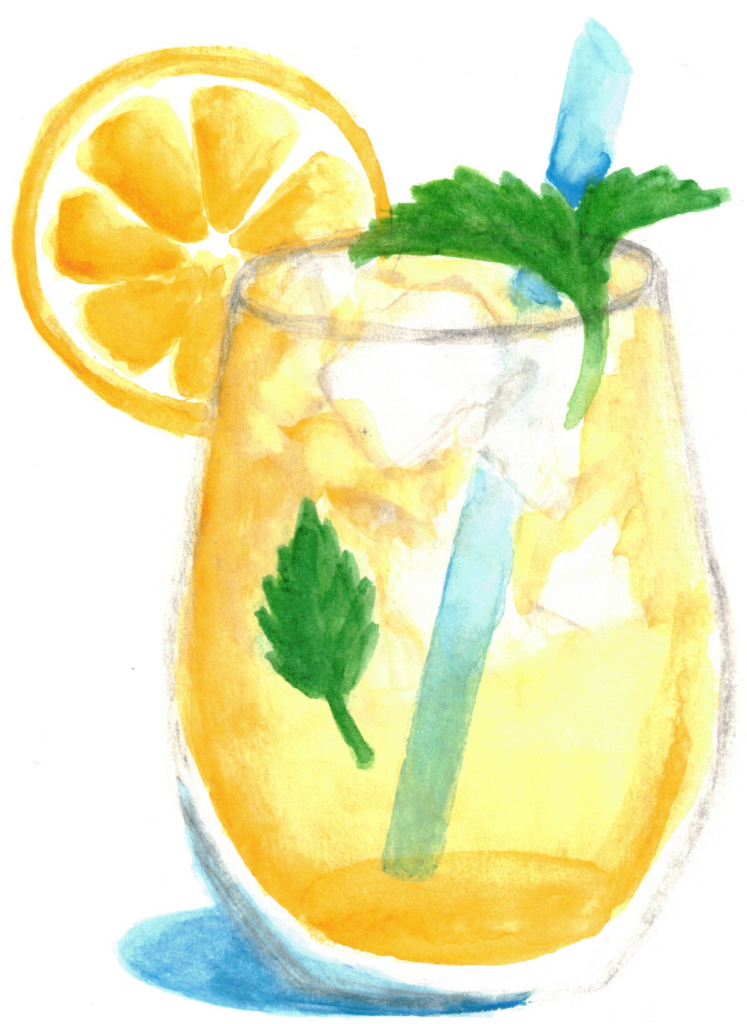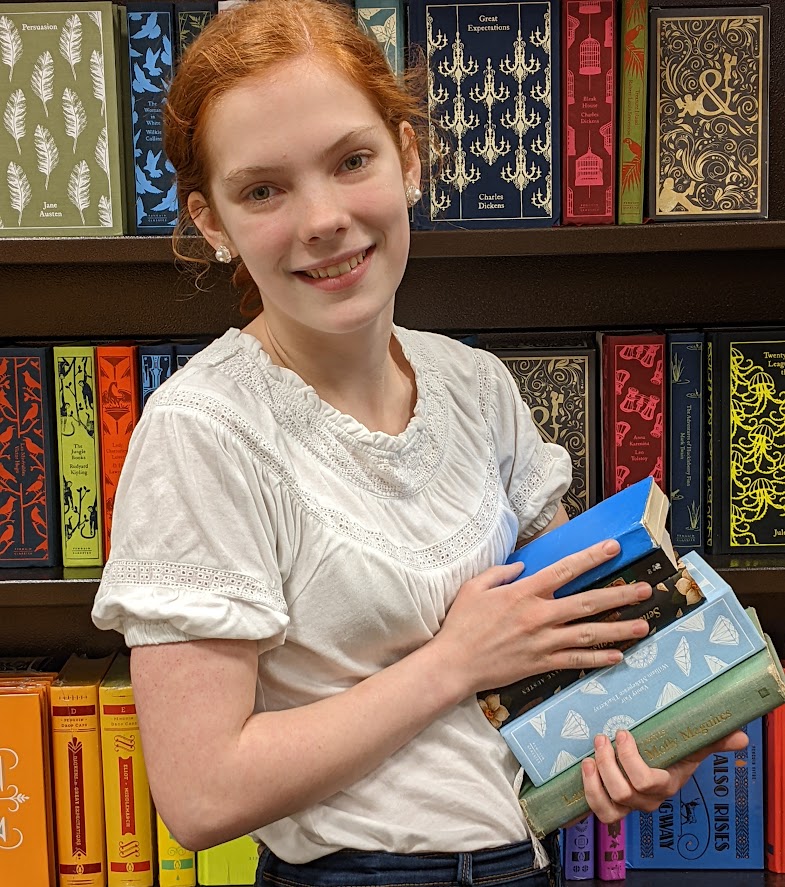They say a picture paints a thousand words. But not all writers can paint. And we as writers miss out when we can’t include them in our novels. Art can have a truly profound effect on emotions, actions, and even how we understand complicated concepts — results most writers have to find a substitute for.
But what if I told you that there is a way to include “pictures” in your writing in a way that’s even more powerful than the paintings we see? What if we could harness the benefits of a picture painting a thousand words without actually having to paint a picture? Well, it turns out there is such a way, and one incredible example of this technique can be found in the dystopian novel Nineteen Eighty-Four.
The politics of Nineteen Eighty-Four have been discussed so much that I think many have missed just how well written it is. From vibrant characters, strong themes, and a powerful message, the political genius of Nineteen Eighty-Four is more than surpassed by its literary skill. And one of those skills is George Orwell’s ability to paint pictures within his books.
Nineteen Eighty-Four
Nineteen Eighty-Four is set in a world where a powerful political force (known simply as “The Party”) controls every aspect of civilian life through their omniscient surveillance system and ruthless Thought Police. Winston Smith, seemingly just another cog in the Party’s relentless machine, harbors a secret love of ancient things. One of his secret treasures is a beautiful piece of coral held frozen in a bubble of glass. The elderly shopkeeper who sold it to him on the black market believes it to be at least one hundred years old. Winston is fascinated by the things that connect his present, miserable life to the mysterious, fanciful past — something the Party has tried so desperately to destroy.
As such, Winston is constantly on edge. He knows his interest in the things of the past could get him killed. Saying the wrong thing to the old man who sold him the corral could cost him his life, and even just the fact that he frequents his shop could earn him a few years in a forced-labor facility. So when a beautiful young woman begins following him around his workplace even after hours, he becomes nervous.
But one day, she slips a note to his desk that contains a dangerous confession — she has fallen in love with him.
Dodging the Thought Police and those who would turn them in for having an illegal relationship, Winston and the woman, Julia, set up a meeting place. In the abandoned room Winston rents above the old man’s shop, the two of them make a life together.
In a time when marriages are arranged and relationships are closely monitored, the thought of two people choosing to be together in a way that does no service to the state is antiquated. And the room that they’ve found within the shop, free of all surveillance, is almost incomprehensible. That they can say absolutely anything without fear, make whatever expression they like or laugh at the officials, is almost unbelievable. So they bring stolen food for private celebrations, and the nightstand is decorated by a single object — the coral in the globe of glass.
It seems to Winston that the life that they make within the one-room refuge is like the piece of coral — a secret relic from the past, frozen in a beautiful bubble that is untouched by the Party’s influence. On lazy afternoons as the sun sets, it lights up their private space and dances across the surface of the coral’s globe. Looking inside it is like viewing a vast, miniature world. Each glimpse offers a deeper look into the infinite depths of the glass. Being alone with Julia in the room above the shop is their own private world, as well — beautiful, incomprehensible, and vast.
But one day, alone in their private world, a group of Thought Police break down the door and seize them. As they search the room, one of the guards seizes the coral globe. He smashes it into the ground, and Winston watches as the glass shatters and the perfect, protected piece of coral breaks on the hardwood floor. The pieces of glass spin, illuminated by the sunlight, and fall to the floor.
The perfect world, almost one hundred years old, is broken forever. And so is Winston’s world with Julia.
Little Pictures
Orwell spoke a thousand words with just one picture — the world within the coral globe. And this one image gave so much more emphasis to the events of the book.
As authors, we can’t always draw pictures. What we can do is give our readers symbols — little physical objects that stand in place of the bigger idea that we are trying to communicate.
The idea that Orwell communicated with the globe of glass was actually very complex. He wasn’t just communicating the impact of a couple rebelling against the Party, or the value of their privacy, or the fact that they had a space that was untouched by the Party’s control. Orwell had to weave all three concepts together in a way that is understandable, interesting, and profound. And to those of us who assume that anyone can marry whom they choose, or have private spaces easily accessible, and have many aspects of our lives that are untouched by outside forces, the nature and impact of the room above the shop can be hard to communicate without a thousand needless words of exposition. To avoid that, he picked a picture that touched on each of those concepts — the optical illusion that made the world within the glass seem infinite; the private, singular piece of coral; and the untouched world within the globe. Orwell gave his characters an object to hold onto — something to show the reader just how palpable this concept was to the characters.
That little piece of coral changed the impact of the work dramatically. It gave the simple, often dirty existence of the room above the shop whimsy and beauty. It helped us see Winston’s desire to connect with the past and understand irrefutable truth. It gave both Winston and the readers a tangible object to hold as the representation of everything he and Julia were fighting for. And the scene where they are captured is so sudden, so unexpected, that it’s hard to feel anything at first. But the conclusive smash of glass on the floor demonstrates exactly what Winston and Julia have lost in just a few succinct sentences.
I could go on and on about the impact the coral had on the book. But I don’t have to, because the picture that Orwell painted was powerful enough to demonstrate its theme without a thousand words of explanation. And that’s what gives this technique so much impact.
As an author, you don’t have to symbolize everything. But picking two or three powerful concepts to paint a picture of can do wonders to communicating your message, especially if that message is powerful but multilayered. If you have a romance, give your characters a symbol that comes to mean that they are together and happy. If you have a character you plan to kill, give them a symbol that can reappear and trigger memories of the dead loved one in your other characters. If your protagonist struggles with courage, give him an object that reminds him what he’s fighting for, or the first moment he remembers realizing how important courage is.
This literary element has so much potential. It can enhance a thematic arc, character relationship, or even just a concept that you want your readers to carry with them long after they’ve finished the last page. The options with this are vast, and its impact is immense. So find a theme, pick an object, and go paint a picture worth a thousand words.



What pictures have you noticed authors painting in their work? What element did they use the picture to highlight? And how was this article? Too sweet? Too sour? Just right? Comment below and let us know!


Hi! My name is Mara, and I’m a Christian artist, violinist, and blogger. I remember the day that I decided that I would learn something new about what makes a good story from every book I picked up — whether it was good, bad, or a mixture of both. I use this blog as a way of sharing some of the tips and tricks I’ve learned, and highlight which books, cartoons, and movies have taught me the most about writing an awesome story.


Wow…
I can’t think of anything else to say. Just… wow.
Wonderful article, Mara!
An example that sprung to my mind was the “lights” in Tangled. They were used to mean something more than just floating lanterns: to me they showed the dedication and love of Rapunzel’s parents, and, to Rapunzel, they symbolized freedom, and a life outside the tower.
Yes, that’s such a good example, and not one I considered! Rapunzel “Seeing the Light” had such a deeper meaning than just physically seeing the lanterns, and it really helps us understand what the outside world feels like to her.
Thanks so much for reading!